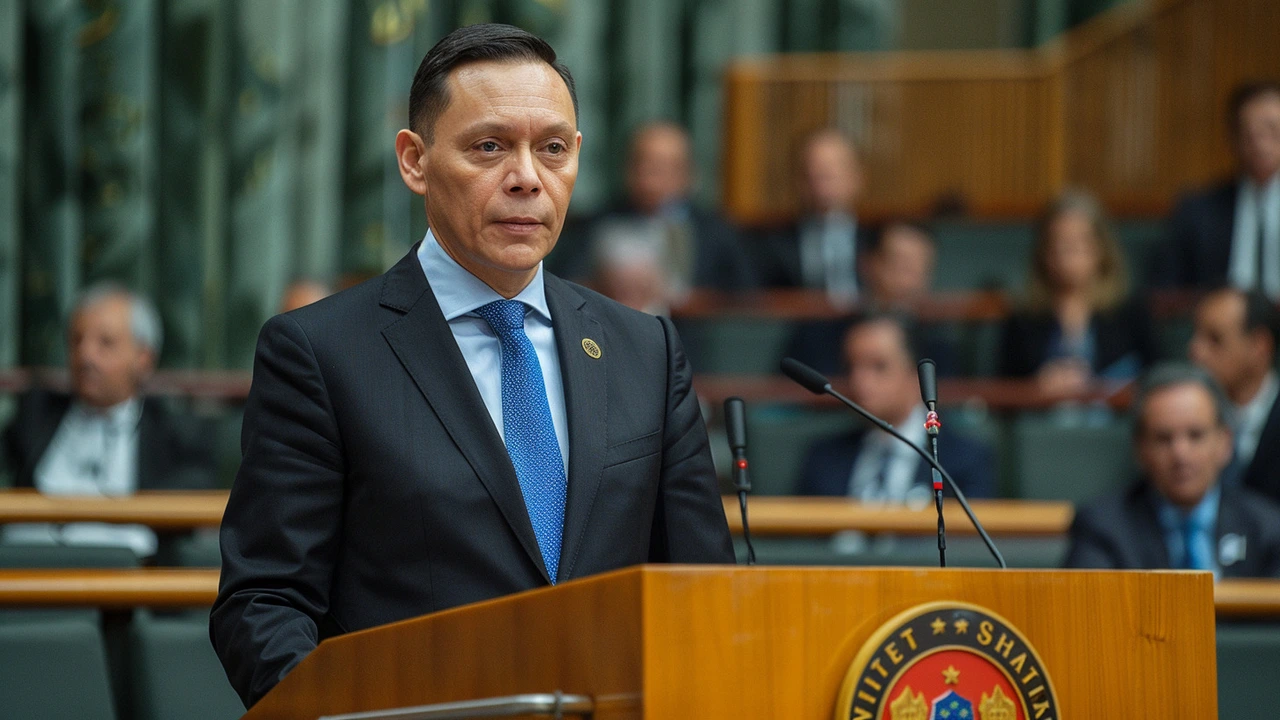Migration in Africa: Causes, Risks and Practical Advice
Migration is part of everyday life across Africa — from people moving to cities for work to families seeking refuge across borders. Why do people move? Jobs, education, conflict, drought and family ties. The mix matters: some move temporarily for work, others permanently for safety or better opportunities.
Big cities like Lagos, Johannesburg, Nairobi and Accra pull large numbers of people looking for steady pay and services. Some migrants take dangerous routes to Europe or North Africa. Many move within the continent: refugees from South Sudan find safety in Uganda, while ECOWAS rules let some West Africans work across neighbours. Each route has its own risks and rules.
Remittances are a quiet but vital part of the story. Money sent home by migrants often supports food, school fees and small businesses. That cash can be bigger than foreign aid for some countries. At the same time, losing trained workers — doctors, nurses, teachers — creates long-term gaps in services back home.
Practical steps for people thinking of moving
If you plan to move, get the facts first. Check official embassy sites for visa rules and the destination’s work permit requirements. Keep your ID, birth certificates and any professional certificates safe and make digital copies. Register with UNHCR or national refugee offices if you flee danger. Avoid smugglers: they add fees and danger, and there are safer legal routes if you look for them.
Learn about local rights in the destination country — access to work, healthcare and schooling changes a lot from place to place. Local NGOs and migrant support groups can help with paperwork, translations and job advice. Use charity hotlines and official aid groups rather than unverified social media tips.
What communities and governments can do
Smart policies make migration safer. That means more legal work pathways, better border services, investment in cities so newcomers find housing and work, and training programs that connect skills with local demand. Uganda’s refugee policy, for example, gives refugees freedom to work and move — a practical shift that helps both hosts and newcomers. Donors and governments should fund reintegration programs so returnees can start businesses or find jobs when they come home.
At the community level you can help directly: volunteer with a verified refugee group, teach language or digital skills, mentor someone looking for work, or hire migrants if you own a business. Small actions add up and help families stabilise faster.
Also watch climate trends. Droughts and floods are already forcing more short- and long-term moves. Planning for climate-linked migration — building resilient jobs and services — reduces pressure and prevents chaos when weather hits.
Migration creates risk and opportunity at the same time. Know the legal options, prepare documents, use trusted aid groups, and support policies that expand safe pathways. That’s how individuals stay safer and communities get stronger.
Portugal Enforces Stricter Migration Policies Amid Rising Influx
The Portuguese government implements stricter measures to regulate migration, focusing on reducing asylum seekers and improving integration processes. With enhanced border controls and more efficient asylum processes, the aim is to address the rising number of migrants and ensure sustainable integration for those granted asylum.
